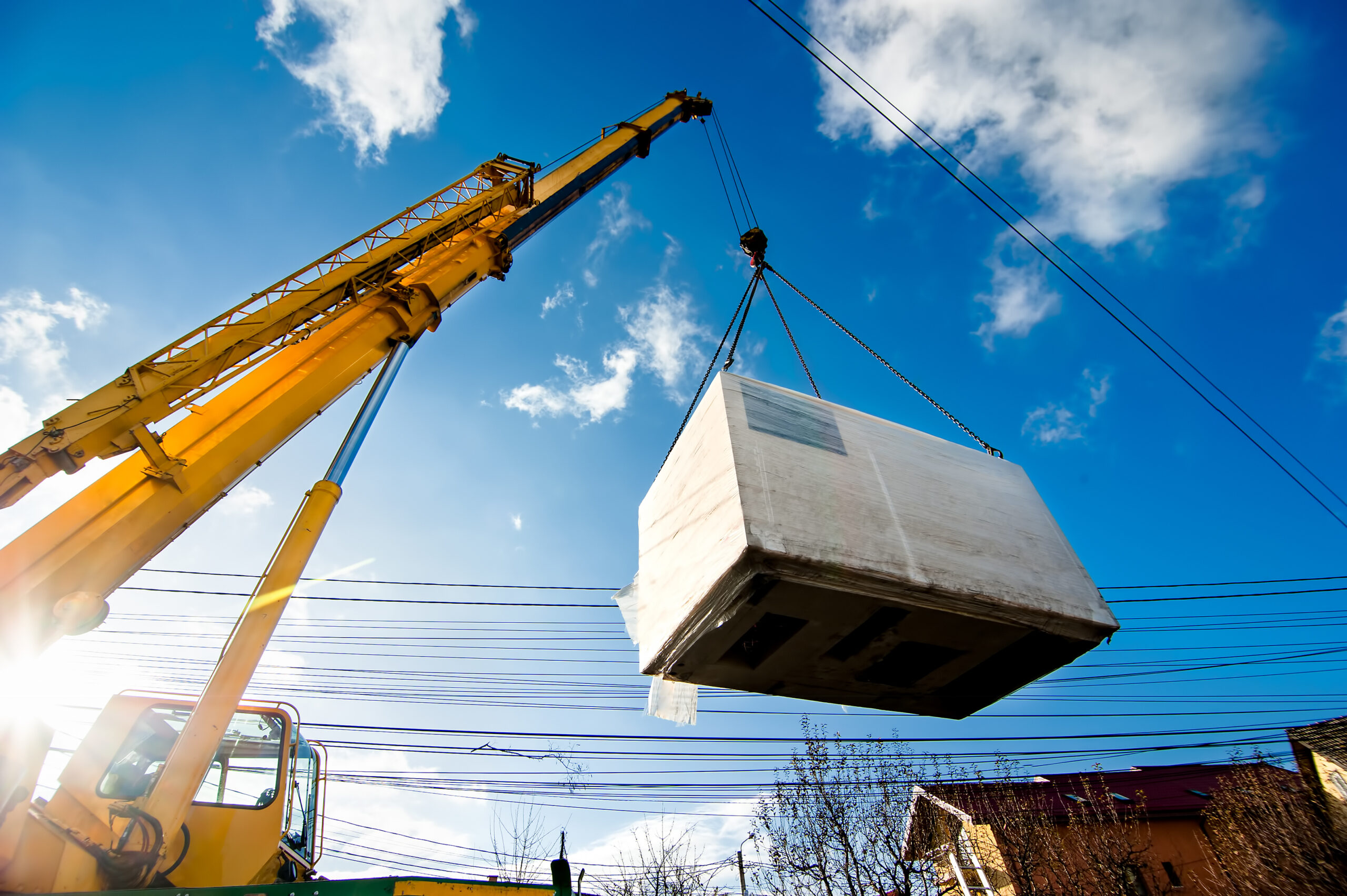Residual Value and Balloon Payments Explained: A Guide to Financing Your Next Big Purchase
Put simply, a Residual Value and Balloon Payments are the same. Both refer to a pre-agreed payment due at the end of a loan for a vehicle or machine.
If the loan facility is a finance lease, then we call the amount at the end of the lease a residual.
Comparatively, If the loan facility was a chattel mortgage, then your the end-of-term payment is known as a balloon payment.
Example of a balloon payment based on residual value
You finance a $50,000 vehicle over five years with a 30% ($15,000) residual value.
This means you pay off $35,000 over the five-year term of the loan, with the remaining $15,000 paid out as a balloon payment at the end.
You can also refinance the balloon over a second term, typically two to three years for a motor vehicle. You can extend this up to five years for items with a higher residual value.
Looking to learn more?
Find out how balloon payments and residual values work in equipment finance by reading about chattel mortgages.
Next steps
You’ve looked over the equipment, now size up the repayments with our equipment loan calculator.
Don’t forget to follow us on Facebook, Instagram or LinkedIn for more tips.
More News

Funding Business Growth Without Running Out of Cash

Balloon Payments Explained (In Plain English!)

